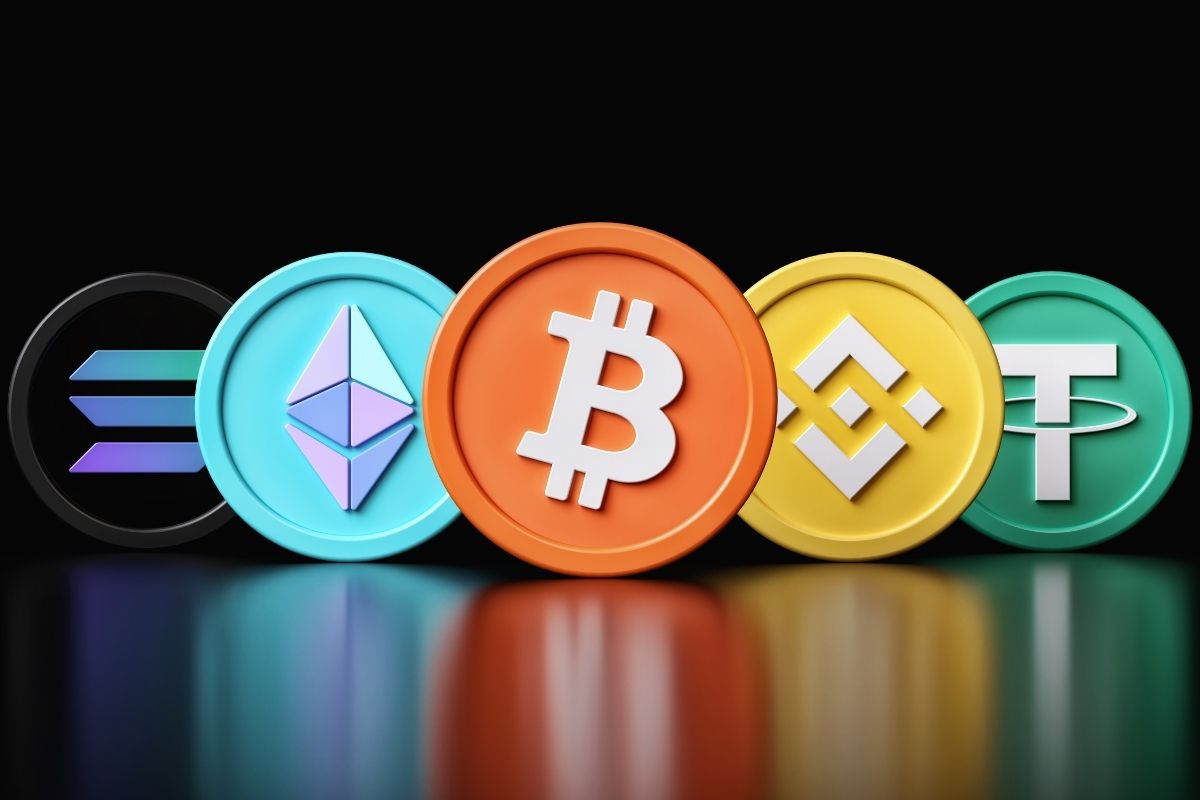How to trade cryptocurrency
Cryptocurrencies are legal in the European Union. Derivatives and other products that use cryptocurrencies must qualify as “financial instruments.” In June 2023, the European Commission’s Markets in Crypto-Assets (MiCA) regulation went into effect. https://slwebsitedesign.com/slot-machine/ This law sets safeguards and establishes rules for companies or vendors providing financial services using cryptocurrencies.
The basic concepts are: To use cryptocurrency, you don’t need to understand it (any more than you need to understand the monetary system to use a debit card). However, if you want to understand cryptocurrency, you need to understand the concept of digital currency, the concept of blockchain (both as a public ledger of transactions and as a technology), and the concept of cryptography. After all, cryptocurrency is a digital currency, where transactions are recorded on a public digital ledger called a blockchain, and every process along the way is secured by cryptography. The goal of this page will be to help you understand these concepts and how they connect.
USD Coin (USDC) is a stablecoin pegged to the US dollar on a 1:1 basis, ensuring that each USDC is backed by one US dollar held in reserve. USDC aims to provide a stable, secure, and transparent digital dollar, leveraging blockchain technology to offer the advantages of fast, low-cost transactions while maintaining price stability. It is widely used in the DeFi ecosystem, for remittances, and as a stable store of value, making it a popular choice for individuals and businesses looking to leverage the benefits of cryptocurrency without the associated volatility.
Top 10 cryptocurrencies
The first chain to launch smart contracts was Ethereum. A smart contract enables multiple scripts to engage with each other using clearly defined rules, to execute on tasks which can become a coded form of a contract. They have revolutionized the digital asset space because they have enabled decentralized exchanges, decentralized finance, ICOs, IDOs and much more. A huge proportion of the value created and stored in cryptocurrency is enabled by smart contracts.
To create supply, bitcoin rewards crypto miners with a set bitcoin amount. To be exact, 6.25 BTC is issued when a miner has successfully mined a single block. To keep the process in check, the rewards given for mining bitcoin are cut in half almost every four years.
Rae Hartley Beck first started writing about personal finance in 2011 with a regular column in her college newspaper as a staff writer. Since then she has become a leader in the Financial Independence, Retire Early (FIRE) movement and has over 300 bylines in prominent publications including Money, Bankrate and Investopedia on all things personal finance. A former award-winning claims specialist with the Social Security Administration, Rae continues to share her expert insider knowledge with Forbes Advisor readers.
The total crypto market volume over the last 24 hours is $260.66B, which makes a 31.08% decrease. The total volume in DeFi is currently $11.42B, 4.38% of the total crypto market 24-hour volume. The volume of all stable coins is now $238.24B, which is 91.40% of the total crypto market 24-hour volume.
Unlike some other forms of cryptocurrency, Tether (USDT) is a stablecoin, meaning it’s backed by fiat currencies like U.S. dollars and the Euro and hypothetically keeps a value equal to one of those denominations. In theory, this means Tether’s value is supposed to be more consistent than other cryptocurrencies, and it’s favored by investors who are wary of the extreme volatility of other coins.

What is cryptocurrency mining
The first miner to find the solution to the problem receives bitcoins as a reward, and the process begins again. This reward is an incentive that motivates miners to assist in the primary purpose of mining: to earn the right to record transactions on the blockchain for the network to verify and confirm.
The rewards for Bitcoin mining are cut in half every four years. When first mined in 2009, one block would earn you 50 BTC. In 2012, this was halved to 25 BTC. By 2016, this was halved again to 12.5 BTC. On May 11, 2020, the reward was halved again to 6.25 BTC. The reward is predicted to halve again in April 2024 to 3.125 BTC.
To initiate the purchase of bitcoin, begin by registering an account on a cryptocurrency exchange platform such as Coinbase, Binance, or Kraken. After setting up your account, connect it to your bank account or credit card to add funds to your wallet. Navigate to the exchange interface, specify the desired amount of Bitcoin, and proceed to execute the purchase order.
The Bitcoin reward is cut in half about every four years in an event called “the halving,” or when the blockchain has processed another 210,000 blocks. The time varies slightly depending on network participation and hashrate.
After hashing each transaction, miners organize them into pairs and hash them again to form a ‘Merkle Tree’ or ‘hash tree’. They repeat this process until they produce a single hash representing all previous hashes, also known as the ‘root hash’.
To summarize, the ledger records the creation and movement of coins in the blockchain. Mining is validating new blocks and gaining access to the coins within. Interestingly enough, since the blockchain has to be finite, it also means that most cryptocurrencies have a hard limit to how many can exist: Bitcoin for example has a cap of 21 million.

